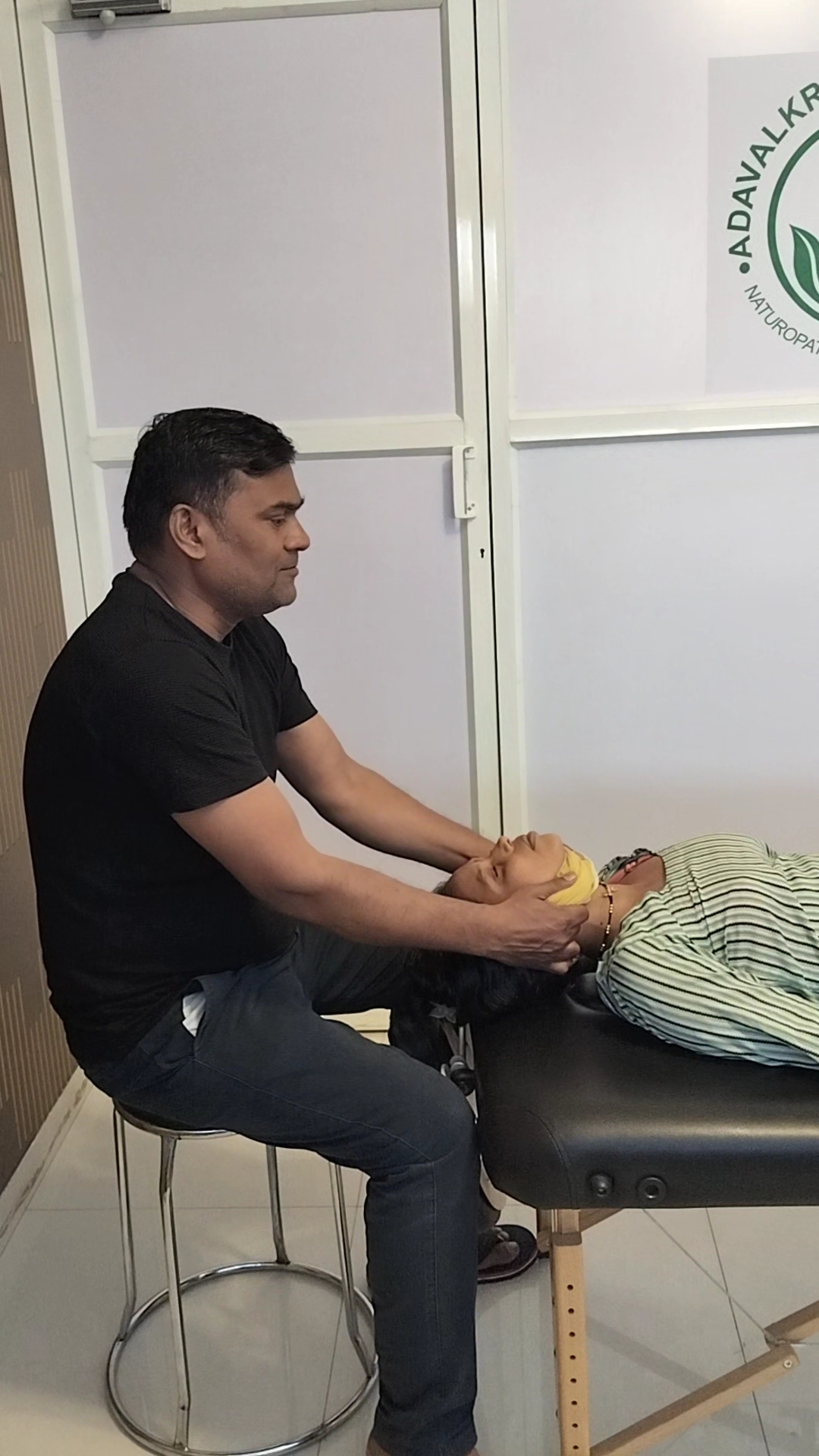+918048031633

This is your website preview.
Currently it only shows your basic business info. Start adding relevant business details such as description, images and products or services to gain your customers attention by using Boost 360 android app / iOS App / web portal.
Spondylitis: Causes, Symptoms, and Chiropractic...

Spondylitis: Causes, Symptoms, and Chiropractic Treatment What is Spondylitis? Spondylitis refers to inflammation of the vertebrae, which can cause pain, stiffness, and reduced mobility. It can affect different parts of the spine, including the neck (cervical spondylitis) and lower back (ankylosing spondylitis). Causes of Spondylitis Genetic Factors: Family history increases the risk. Autoimmune Disorders: Conditions like ankylosing spondylitis are linked to immune system dysfunction. Poor Posture: Sitting for long hours with incorrect posture strains the spine. Infections: Certain bacterial infections can trigger inflammation. Wear and Tear: Aging and degeneration of spinal discs contribute to spondylitis. Symptoms of Spondylitis Persistent back or neck pain Stiffness, especially in the morning or after inactivity Reduced flexibility and mobility Radiating pain to shoulders, arms, or legs Fatigue and muscle weakness In severe cases, difficulty breathing (with ankylosing spondylitis) Chiropractic Treatment for Spondylitis Chiropractic care can help manage pain, improve mobility, and reduce inflammation through non-invasive techniques: 1. Spinal Adjustments: Aligns the vertebrae to relieve nerve pressure and improve posture. 2. Mobilization Therapy: Increases joint flexibility and reduces stiffness. 3. Postural Correction: Helps maintain proper spine alignment and reduces strain. 4. Stretching and Strengthening Exercises: Strengthens back muscles and improves flexibility. 5. Cupping Therapy & Acupuncture: Enhances blood circulation and reduces pain. 6. Lifestyle Advice: Guidance on ergonomics, diet, and exercise to prevent further spine issues. Conclusion Chiropractic treatment provides a holistic, drug-free approach to managing spondylitis. Regular chiropractic sessions, combined with posture correction and exercise, can help prevent flare-ups and improve quality of life.

